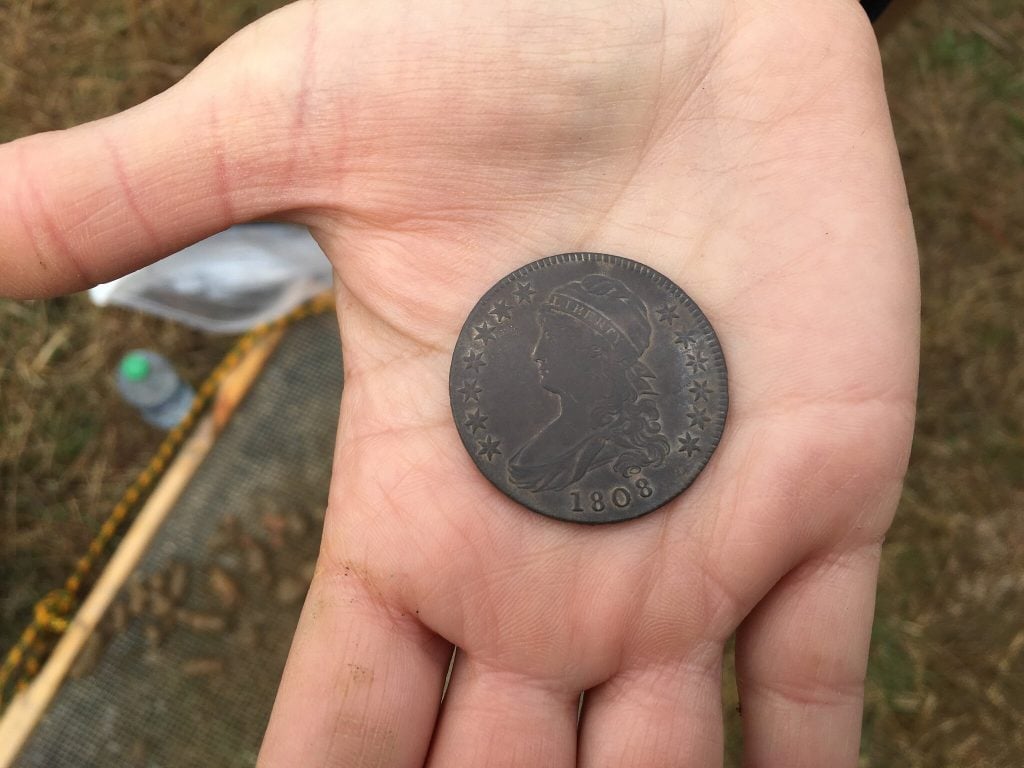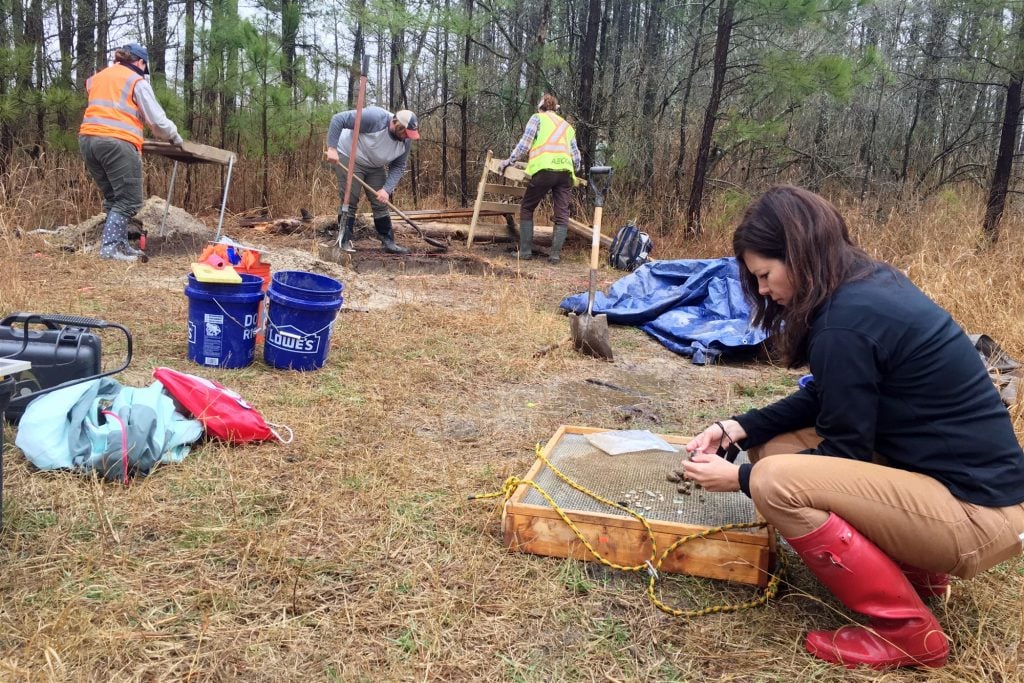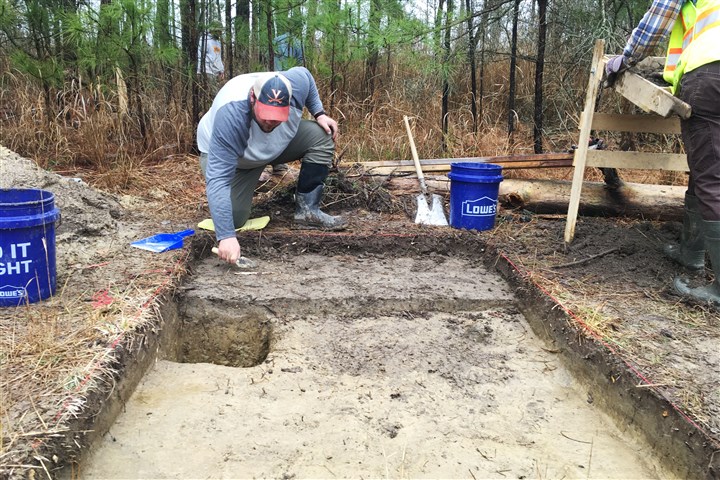Archaeology & History
After a Decades-Long Search, Archaeologists Have Uncovered the Childhood Home of Underground Railroad Leader Harriet Tubman
The long-lost cabin belonged to Tubman's father.

The long-lost cabin belonged to Tubman's father.

Sarah Cascone

Maryland archaeologists have finally found the one-time home of the great abolitionist Harriet Tubman.
The homestead was found in Peter’s Neck, a new addition to the state’s Blackwater National Wildlife Refuge, purchased last year by the U.S. Fish and Wildlife Service.
Tubman’s parents, Ben Ross and Harriet Green, were married in 1808. Land records showed that Ross was set free and given 10 acres of land in Maryland—nicknamed “Ben’s 10″—in his owner’s will. Ross brought his still-enslaved family to live with him, and Tubman is believed to have called the cabin home from 1839 to 1844.
The exact site of the property, which had long eluded archaeologists, is an important key to Tubman’s early years, before she became a conductor on the Underground Railroad. She is believed to have rescued some 70 enslaved persons, leading them to freedom at great personal peril.
“The importance of discovering Ben Ross’s cabin here is the connection to Harriet Tubman. She would’ve spent time here as a child, but also she would’ve come back and been living here with her father in her teenage years, working alongside him,” Julie Schablitsky, the chief archaeologist for Maryland’s state highway administration, said in a statement.

This 1808 coin, from the year that Harriet Tubman’s parents were married, helped lead archaeologists to the location of the family cabin. Photo courtesy of the Maryland Department of Transportation.
“This was the opportunity she had to learn about how to navigate and survive in the wetlands and the woods. We believe this experience was able to benefit her when she began to move people to freedom,” she added.
The first clue that the search for Tubman’s family cabin was on the right track came in November, when Schablitsky uncovered an 1808 coin while scanning the marshy forest on the state’s Eastern Shore with a metal detector. Further searches turned up ceramic shards from the 1820s to ’40s, the period when Tubman would have been in residence.
It wasn’t until March that the team found signs of the actual cabin, unearthing a hinge, drawer poles, nails, a brick, and buttons.

Excavations of the family cabin in Maryland where Harriet Tubman once lived. Photo courtesy of the Maryland Department of Transportation.
“With the artifacts, the archaeology, the evidence of a building and just the location—knowing he worked in the timbered wetlands—those multiple lines of evidence told us unequivocally that this is the home of Ben Ross,” Schablitsky told NBC News.
The discovery was timely, as rising sea levels now place the former homestead at the edge of the marsh. During excavations, holes would sometimes fill with groundwater overnight, a sign of the encroaching sea.
“If you waited many more years, it might be lost forever,” Marcia Pradines, project leader at the Chesapeake Marshlands National Wildlife Refuge Complex, which includes Blackwater National Wildlife Refuge, told the Guardian.

Excavations of the family cabin in Maryland where Harriet Tubman once lived. Photo courtesy of the Maryland Department of Transportation.
“The other thing that is so wonderful about it is that it’s pretty much untouched since the time that [Tubman] was here, that [Ross] was here, so we’re able to really see what she saw, hear what she heard,” Tina Wyatt, Tubman’s great-great-great grandniece, told the New York Daily News. “It means so much to the family to see all of this.”
Artifacts from the cabin will likely go on view at the nearby Harriet Tubman Underground Railroad Visitor Center, and there are tentative plans to create an interpretive hiking trail to the site, which is not currently accessible to the public.
“This gives us insight into a time and place in Tubman’s life we know very little about,” Kate Clifford Larson, a Tubman biographer, told the New York Times. “The community really created this woman, and we can’t fully understand her until we understand the place she came out of.”